![]()
Italy’s Public Functions Minister Renato Brunetta, who outed slacker state employees, is now on a crusade to bring service with a smile to the Bel Paese.
His strategy? Use emoticons, those little happy or unhappy faces used to show emotion in written or message form.
“My dream is to have a system that allows emoticons in real time by people using any public service, ” he told Italian newspapers.
Plans are to have a trial system in place, much like the one China used during the Olympics, in the next few months. (I saw this in action a few months ago visiting Shanghai, travelers could instantly rate the immigration clerk, though most of us were too intimidated.)
Anyone who has stood in line in an Italian post office or withered in a police station waiting for a stay permit, will understand the appeal of giving immediate feedback on service.
Given some say in the matter, the Italian public could be all smiles. That is, while they zap state employees with those angry little faces.


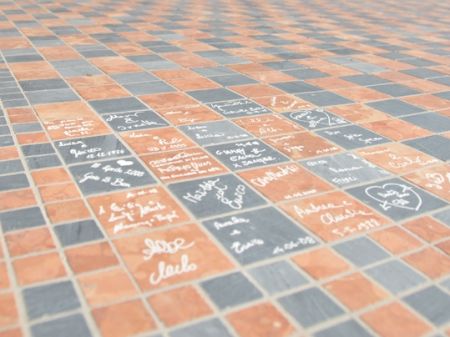
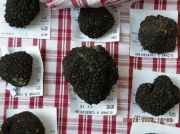
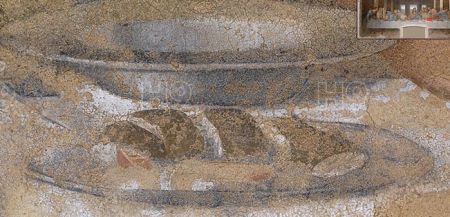
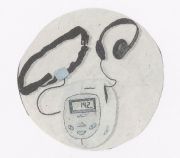

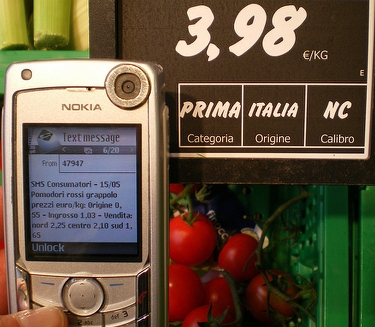 Cash-strapped Italian consumers can now use text messages to tell them if the price is right.
Cash-strapped Italian consumers can now use text messages to tell them if the price is right. 